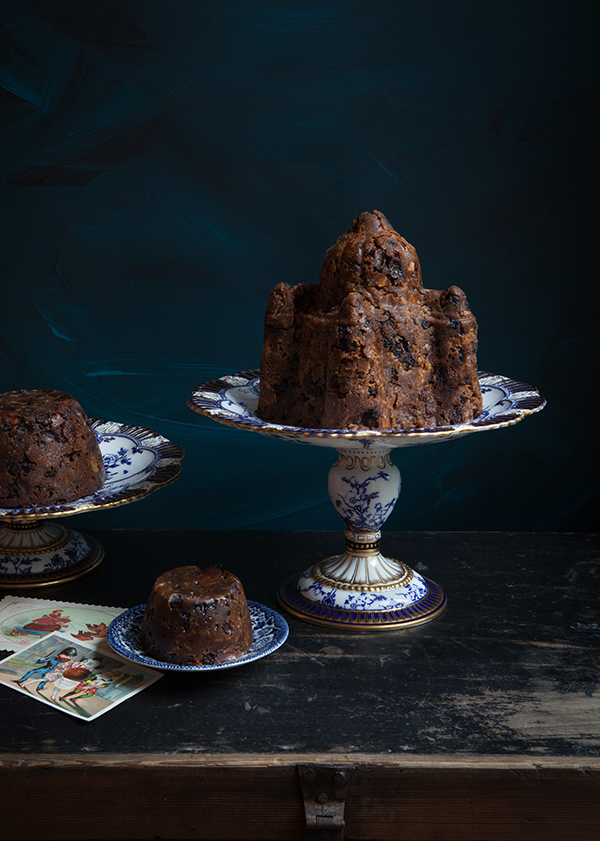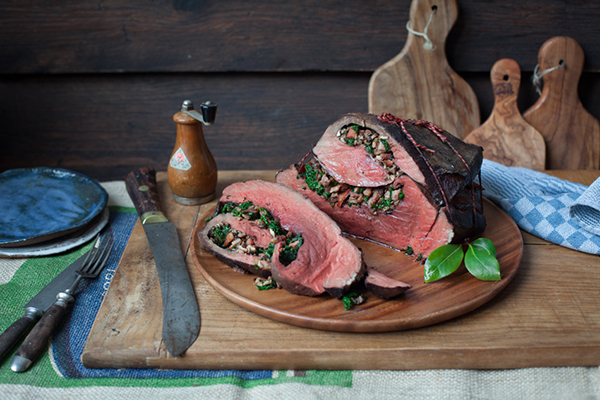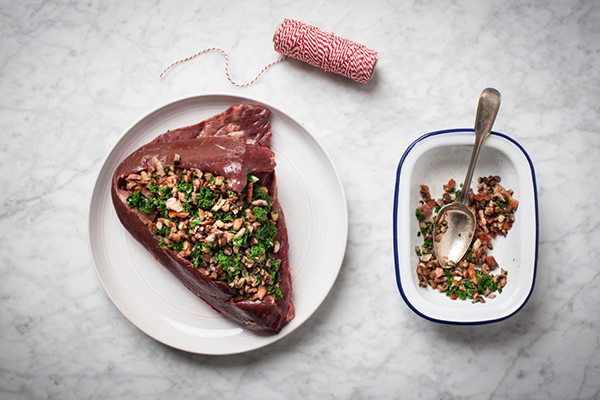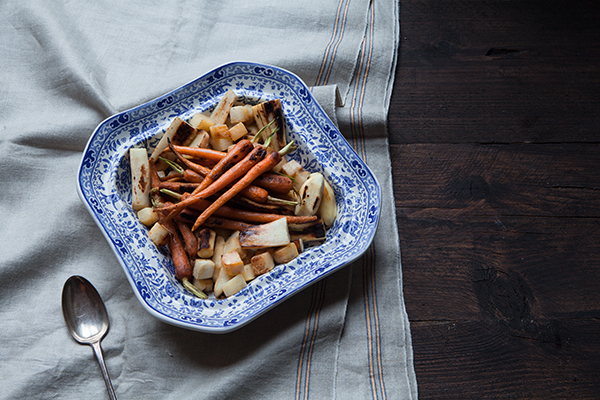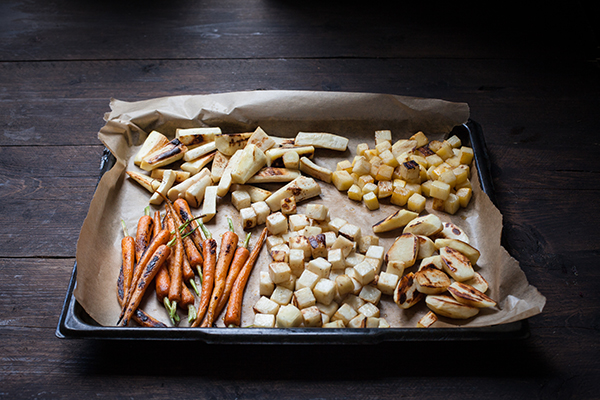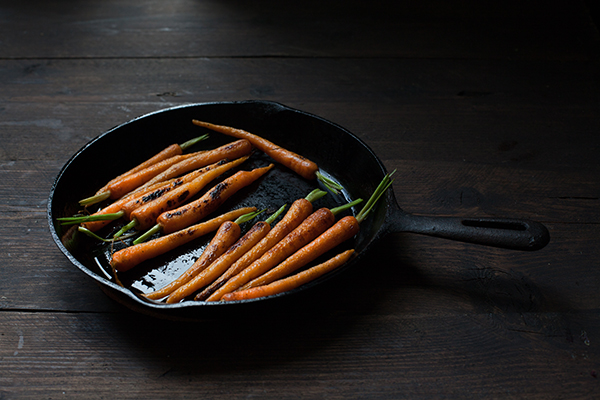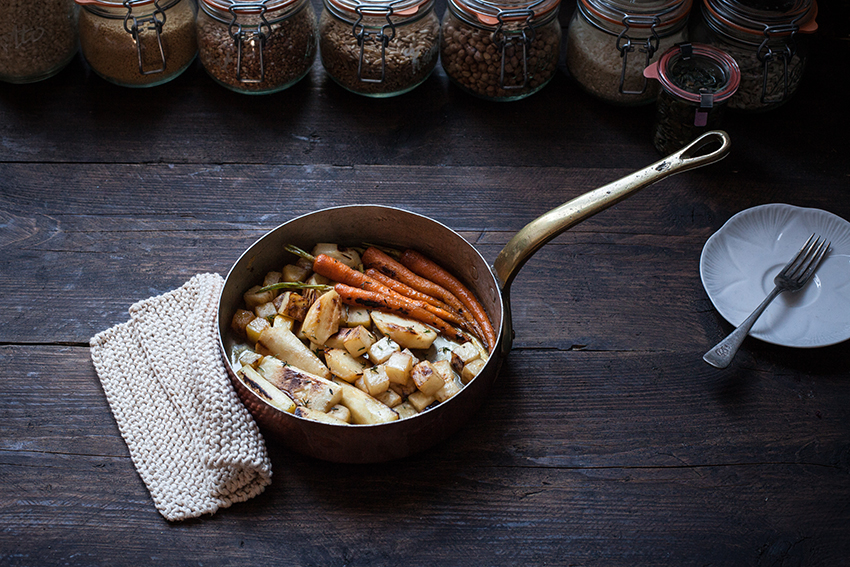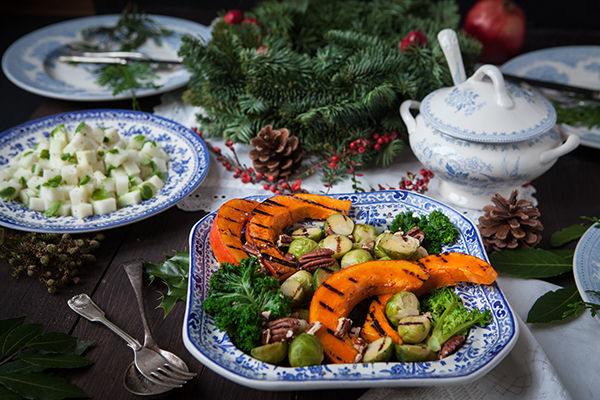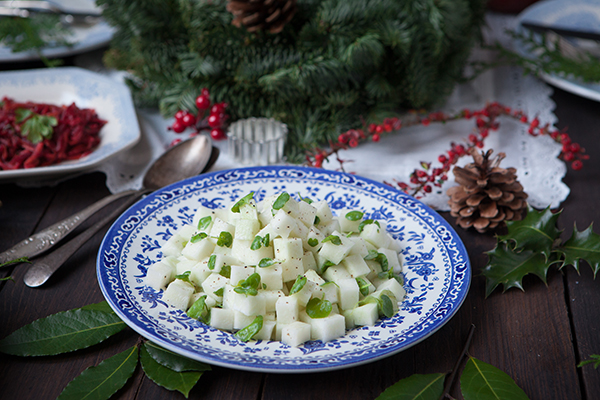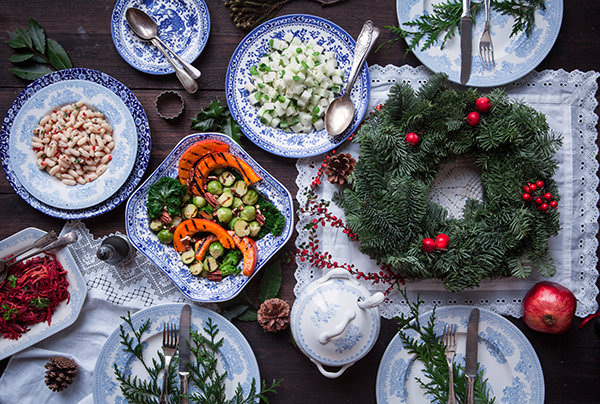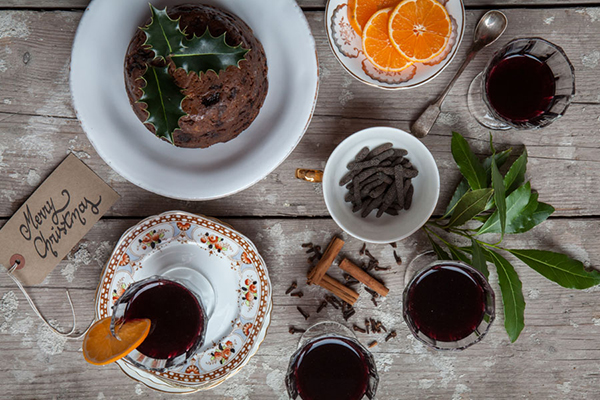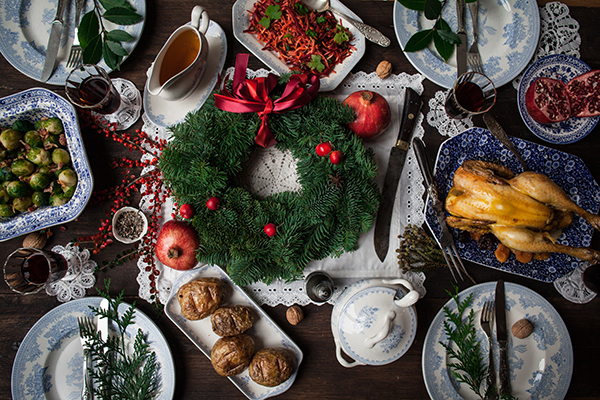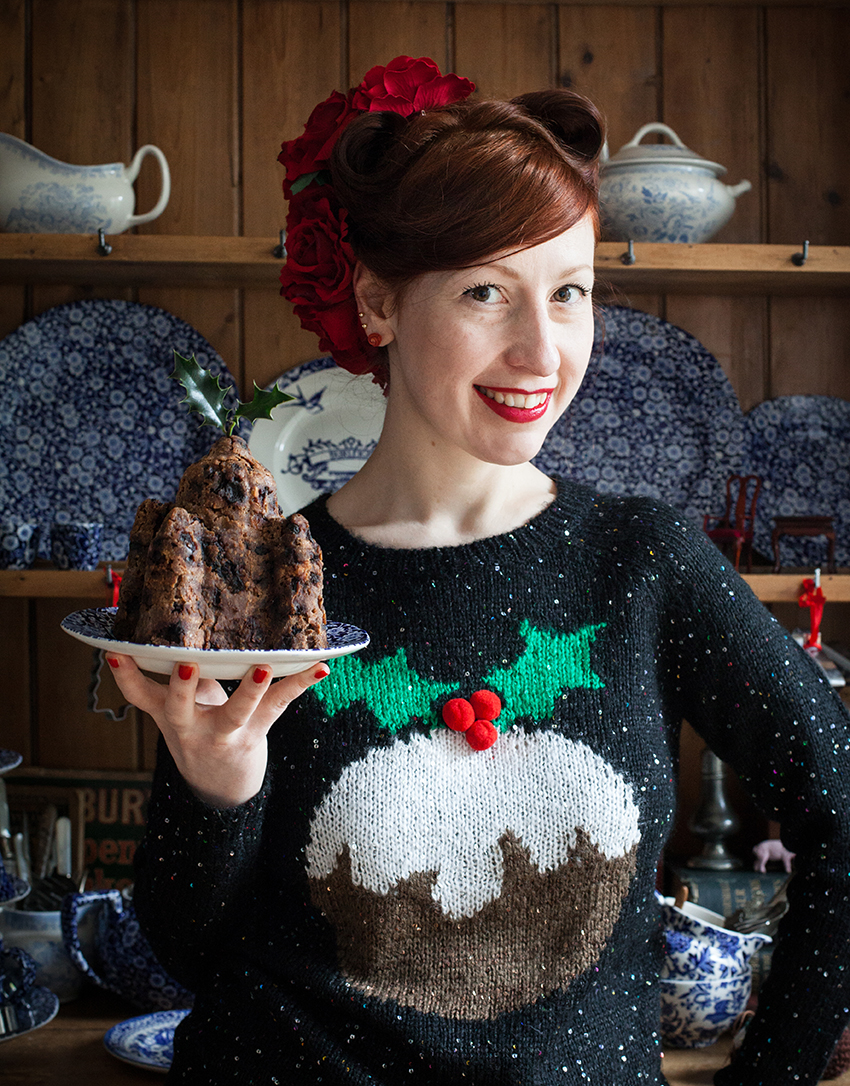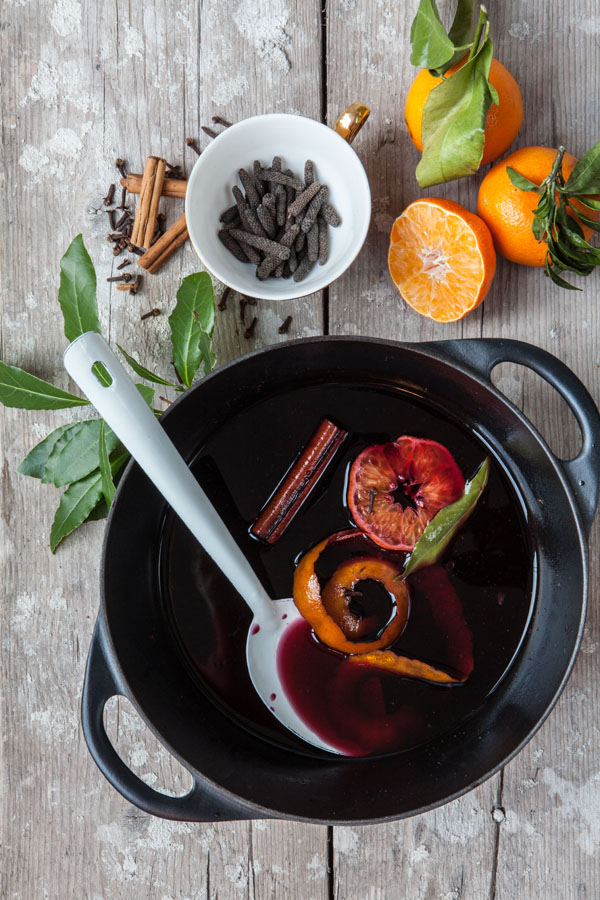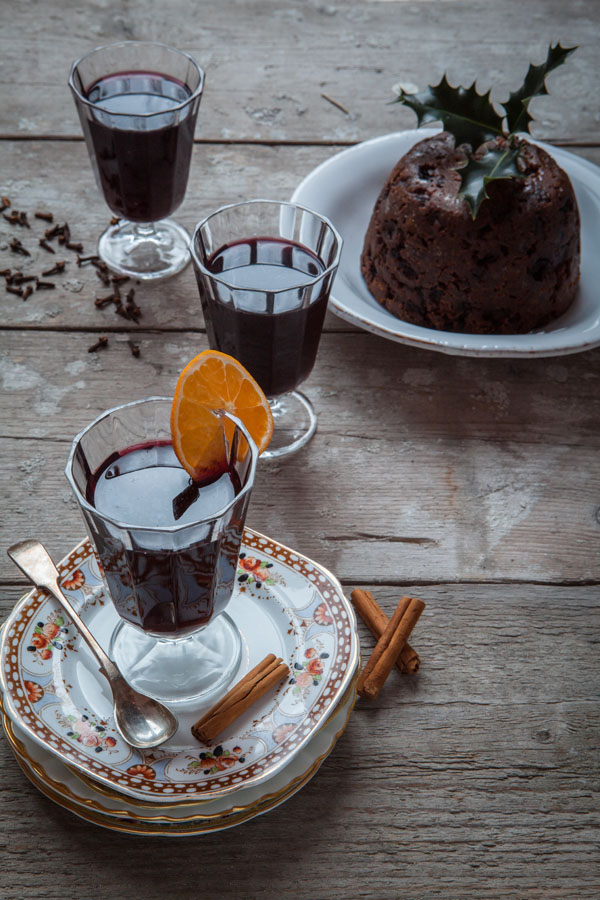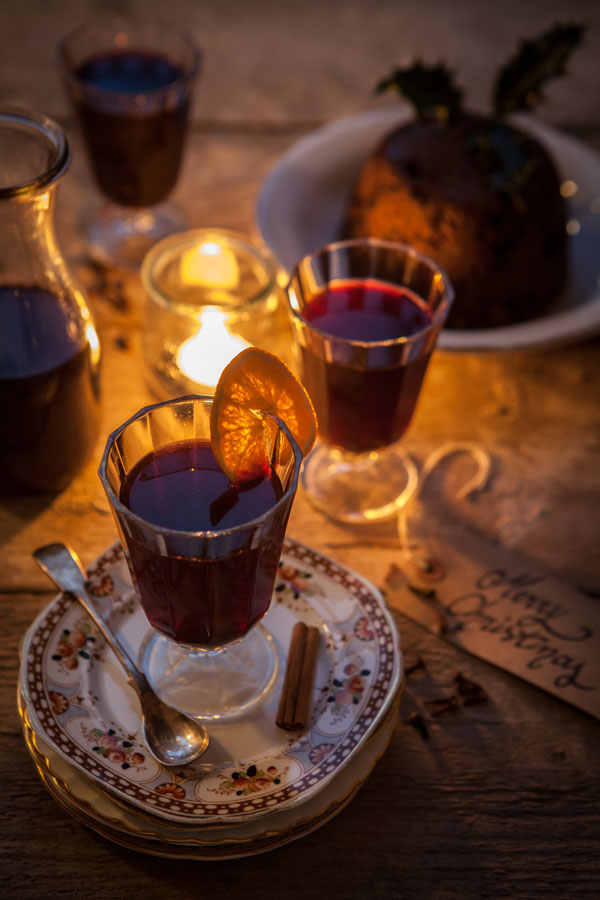Let me start with blowing my own trumpet, it’s my blog so I’m allowed! I’m pleased to have tracked down a copy of Delicious Magazine while in Budapest because in it they have elected my book Pride and Pudding as one of the best books of 2016! After the hard work creating this book I am of course flattered and beyond happy to get this kind of news! So thank you again Delicious Magazine UK!!
Now on to the news of the day!
This weekend will mark the last Sunday before advent which is traditionally Stir-up Sunday. According to (rather recent) tradition, plum pudding or Christmas pudding should be made on this day. It is a custom that is believed to date back to the 1549 Book of Common Prayer (though it is actually not); where a reading states ‘stir up, we beseech thee’. The words would be read in church on the last Sunday before Advent and so the good people knew it was time to start on their favourite Christmas treat.
It was a family affair: everyone would gather to stir the pudding mixture from east to west, in honour of the Three Kings who came from the east. Sometimes coins or trinkets would be hidden in the dough; finding them on Christmas Day would bring luck and good fortune.
There are a lot of legends and claims made about the origins of the plum pudding. Some say it was King George I who requested plum pudding as a part of the first Christmas feast of his reign, in 1714. George I was christened ‘the Pudding King’ because of this myth but there are no written records prior to the twentieth century to tell us that this king deserved this title.
…

